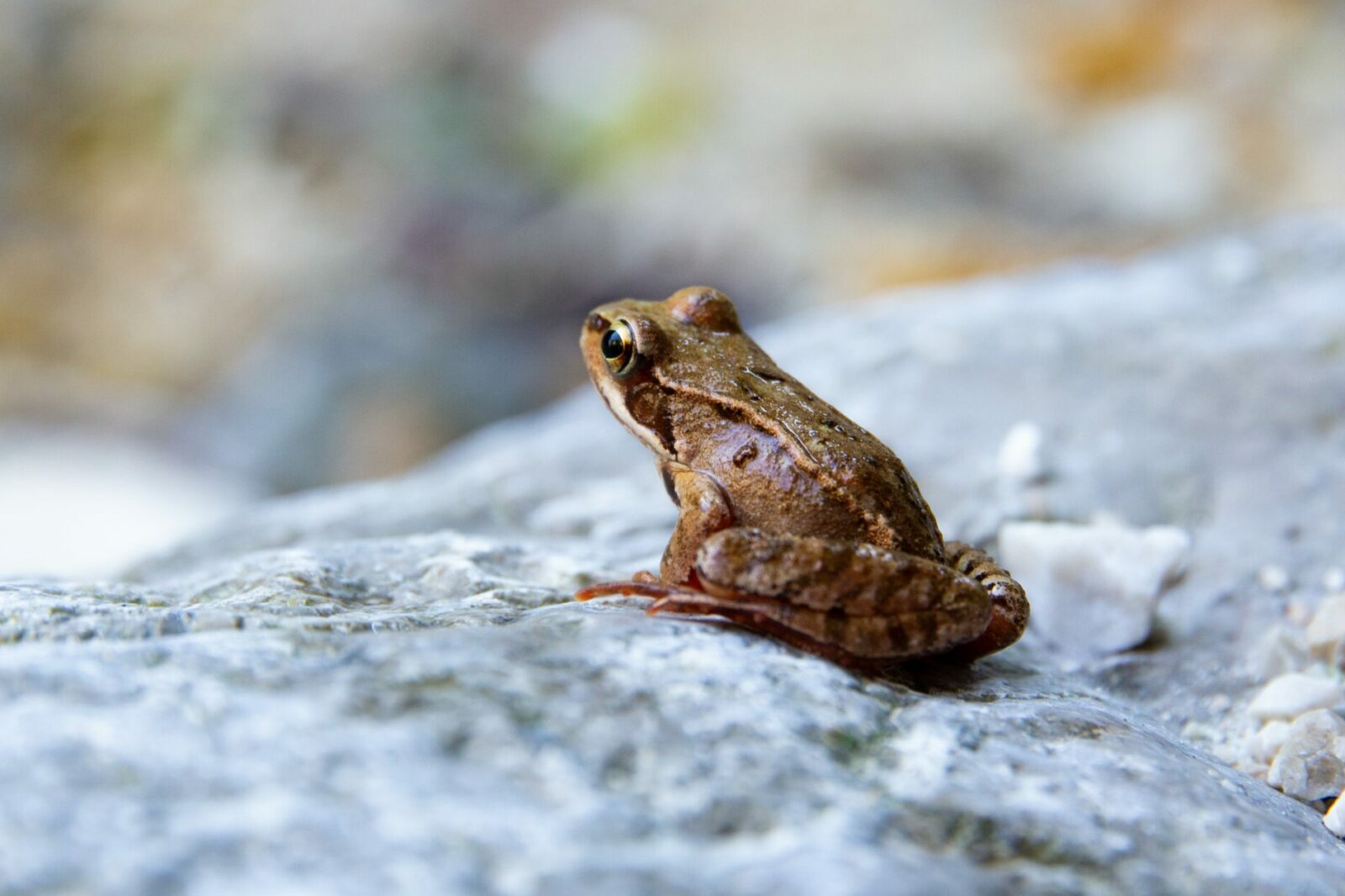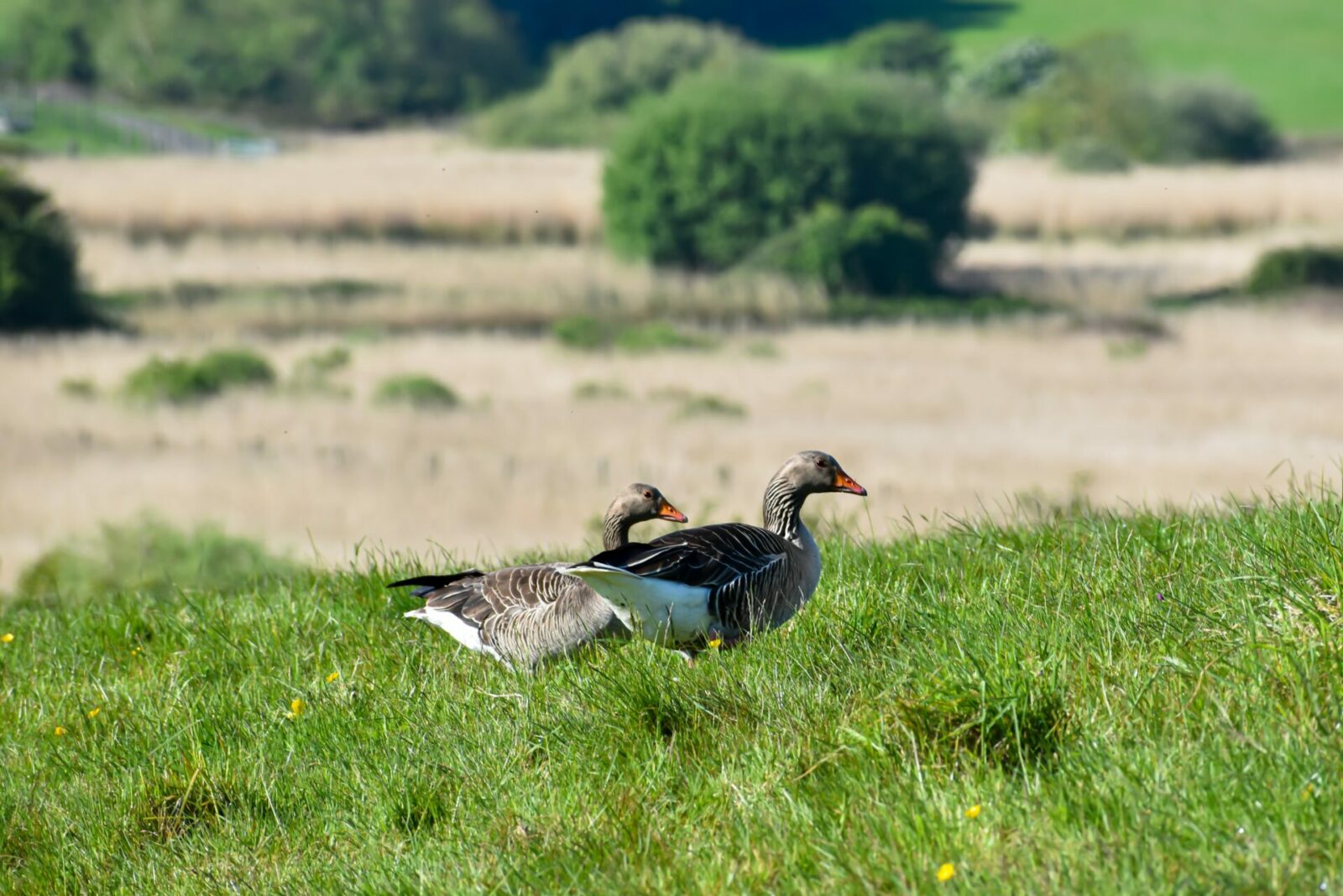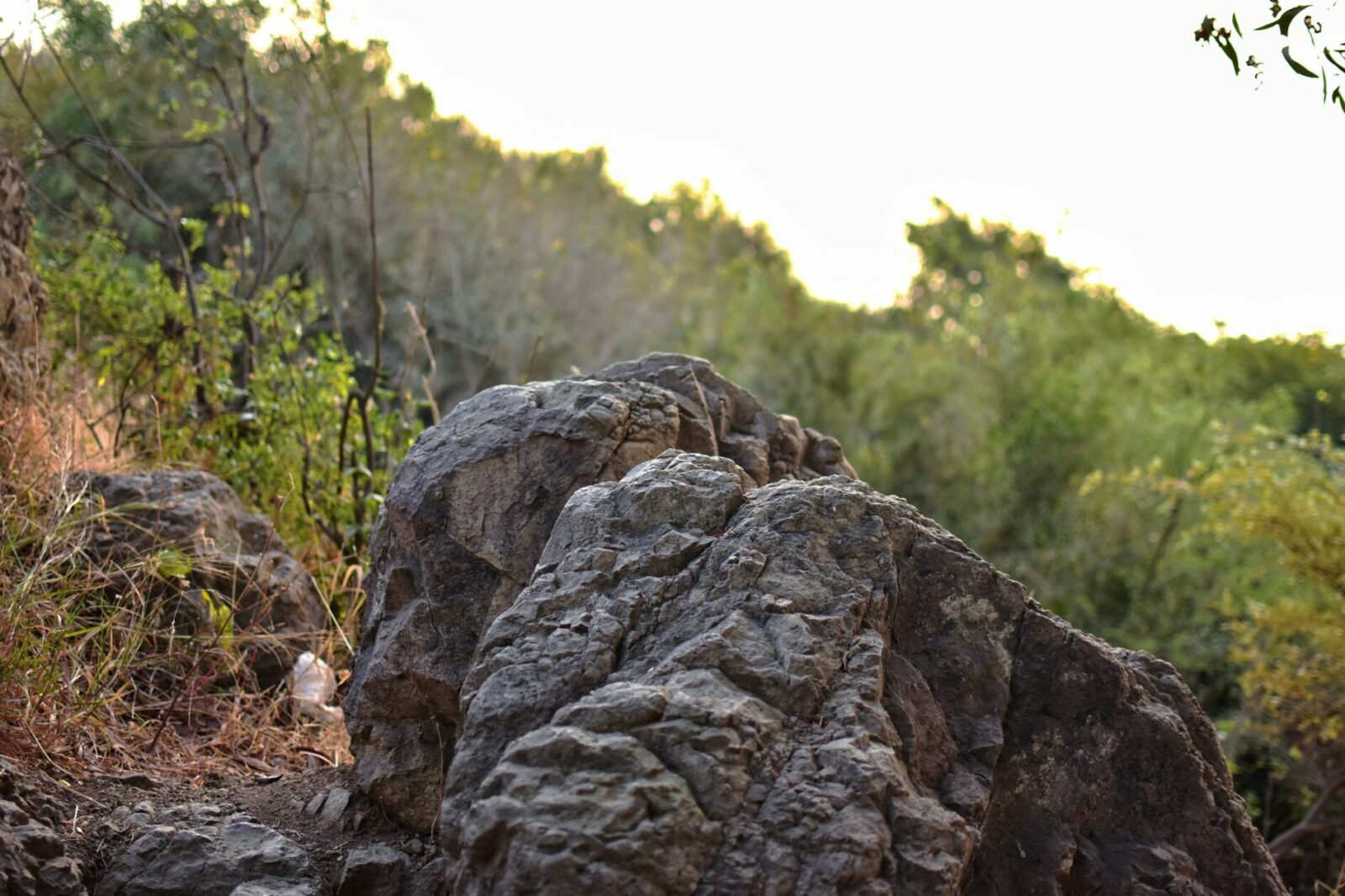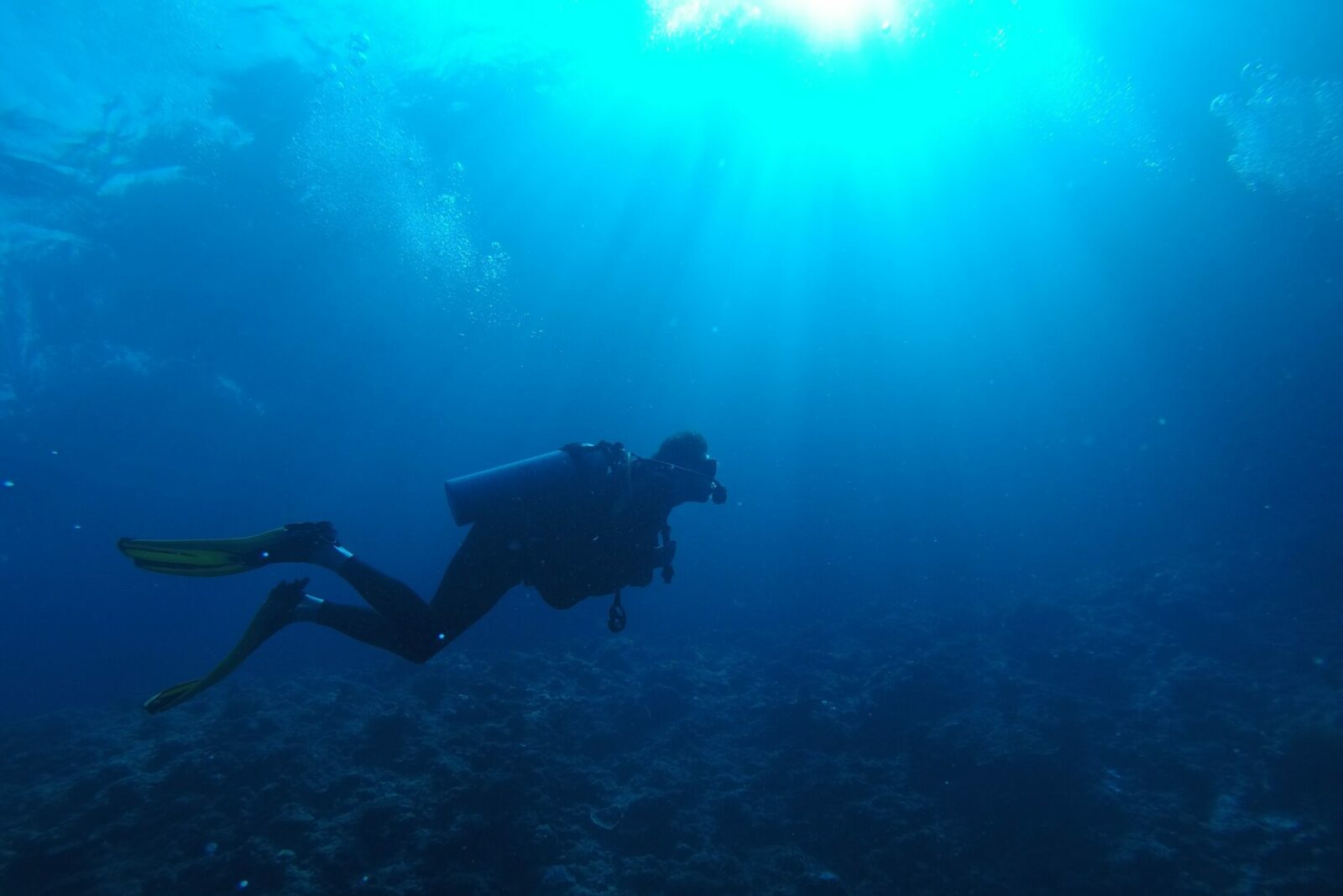Abandoned quarries: sightseeing with a difference

Visit the Charleroi Metropolitan Area and discover what has become of these sites that saw years of intense activity. Little by little, nature has been clawing back the industrial sites, turning these places into little pockets of paradise in the process. Take off on an adventure to one of them and you may well be surprised at what you find.
Stroll through the heart of an old limestone quarry
Lime production first began in Bouffioulx in 1855. This industrial quarry, spanning more than 45 hectares, took the name of Sebastopol in reference to the Crimean fortifications, which the site’s 5 lime kilns bring to mind. These kilns, still on view and well preserved, are rare and unique artefacts in Europe.
Activity ground to a halt in 1957 and the site was abandoned. It was awarded the status of nature reserve in 1990, under the management of Natagora. The reserve, which is open to the public, boasts some exceptional examples of flora and fauna. The great horned owl returns year after year to nest. Toads, newts and salamanders enjoy the ponds that the pits left in their wake.
The limestone soil provides the perfect conditions for orchids, Viper’s-buglosses and hellebores to grow. In addition, part of the site is now taken up with agriculture and a high-stem orchard.
Native sheep prevent the site from becoming overgrown.

Replenish your soul in this green haven just outside the city
The former quarry of “Brun chêne” at Mont-sur-Marchienne officially became a nature reserve in 2014. Stretching over 16 hectares, it is made up of bodies of water, ponds built on settling tanks, lawns and dry gravel pits.
Many varieties of plants and flowers are thriving in this exceptional setting. Over the years, a reed bed has also made an ideal home for rare birds such as the red warbler and the reed bunting. Other species, such as dragonflies, butterflies and crickets, also call the reserve home.
Great horned owls, kestrels and jackdaws have also been spotted in the old lime kilns and industrial furnaces.
The site can be accessed via the footpath running under the R3 viaduct, at the foot of the Rue du Pont-à-Nôle in Mont-sur-Marchienne.

Energy production
The former Allard steelworks in Marchienne has recently been converted into a photovoltaic power plant. SPAQuE, a Walloon company specialising in soil remediation, cleaned up the soil from 2010 to 2017.
Since its sprucing up, the quarry is now set to house no fewer than 7,500 photovoltaic panels and a transformer. The 24-hectare site will be able to supply more than 600 households with energy.

Amongst exceptional species of flora and fauna
Limestone extraction from the Solvay quarry, also known as the Fiestaux quarry, in Couillet, ceased in 1980. This site used to produce lime and then blocks to build the settling tanks of the Solvay factory.
There is now great environmental interest in the area, particularly on account of its species of pyroles (herbaceous plant) and orchids. The rocks and cliffs around the pit are also home to many rock birds.
The site is not open to the public.
Attend a bonfire in a quarry
The Labuissière quarries were once used for marble quarrying. Internationally renowned, they are the oldest marble quarries in Europe, the first ones dating back to 1779.
A feudal castle was even built at this location at the time.
Today, the site, renamed “quarries of the imagination”, is an ideal location for nature lovers. It offers walks along former quarry cavities, in the woods and in the fields, while providing breathtaking views over the Sambre Valley.
It plays host to a number of events, such as the bonfire in June and the Halloween party in October.
Taste wine made in a quarry
The Landelies quarry, dating back to 1821, was primarily known for limestone. Although it is still partly active today, part of the land used for production is also a vineyard, known as the “blanc caillou vineyard ”.
In association with the farmers and the local authorities, it is the local residents who are responsible for planting, pruning and harvesting. A 35-metre-long tunnel running through the quarry is used to store the wine barrels from the Blanc Caillou estate. The temperature (13 to 14 degrees) is ideal for storing the wine.
Another side of the quarry welcomes experienced climbers.
Caving training
The old pink marble quarry, called the Beauchâteau quarry, located in Senzeilles, is a rather impressive site today. It used to be used for red marble extraction in the 18th century using the special helical wire method. Activity ceased in 1950.
Today, the 1.84-hectare site is freely accessible. Since 1992, it has been classified as an area of high biological interest.
The site delights walkers but also divers and climbers, because of its geological and biological features. Once you emerge from the wood, the impressive wall rises up before you.

Take a walk through a biotope
The Vaux site, a few kilometres from the Lacs de l’Eau d’Heure, used to supply various building materials, notably for some of the houses in Cerfontaine. It was also used to build dams, providing basic products needed to make concrete.
Today, the 16-hectare site is an amazingly charming collection of water courses, meadows, trees and scree. It has now become a nature reserve and is home to many species: boasting an impressive display of biodiversity.
The quarry can be reached on foot, from the route de Senzeilles or the rue des Vaux.
Diving in an old red marble quarry
In Vodelée, in the municipality of Philippeville, the Rochefontaine quarry was once completely dedicated to the extraction of marble. Today, one part of the site is still used for this activity, whilst the other, strewn with trees and rocks, has become an activity centre with various sports on offer, including diving.
This area, which is accessible all year round, allows experienced divers and beginners to explore the aquatic environment. A diving trip reveals not only the local fauna and flora, but also old traces of industrial activity.
